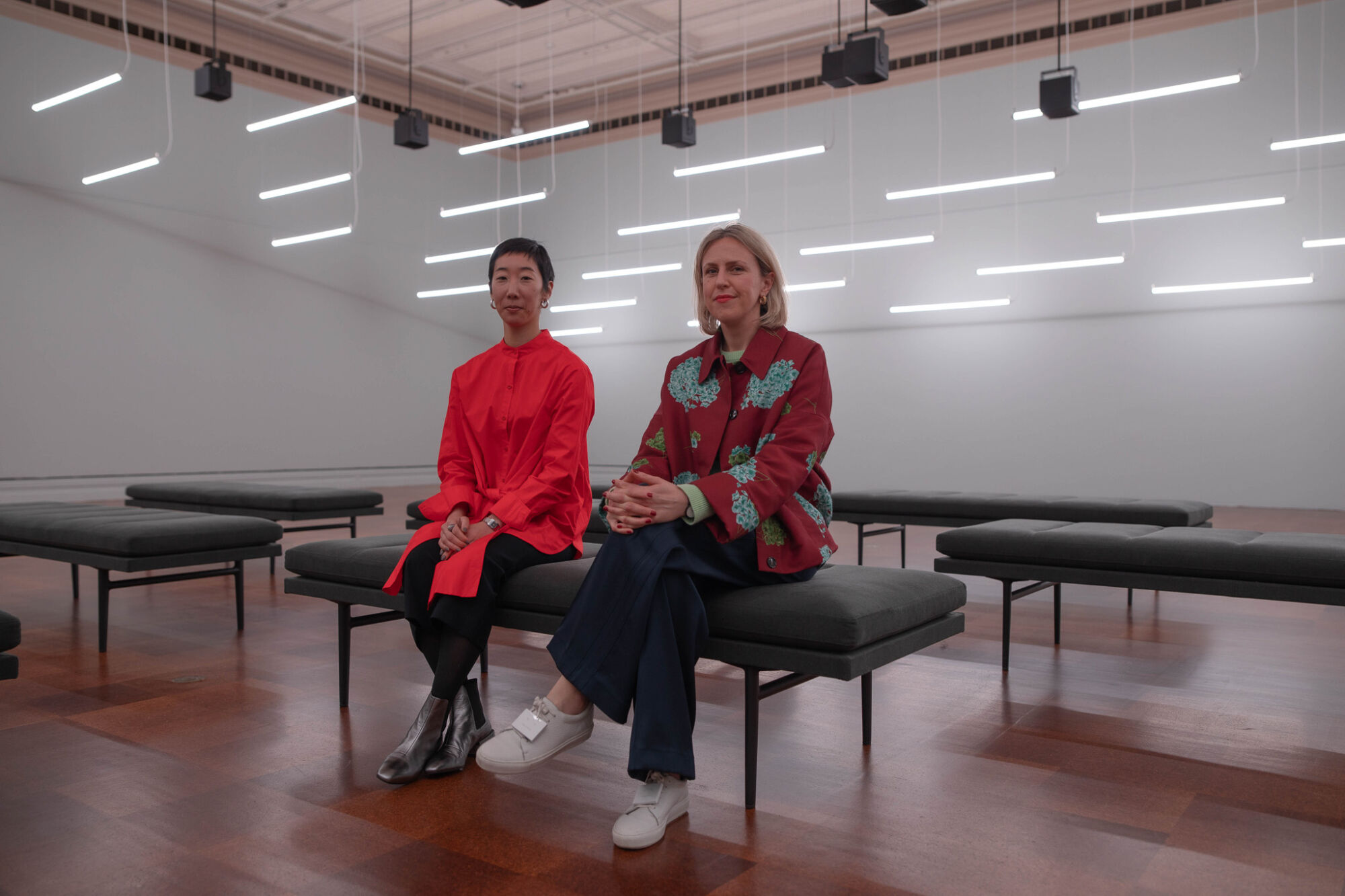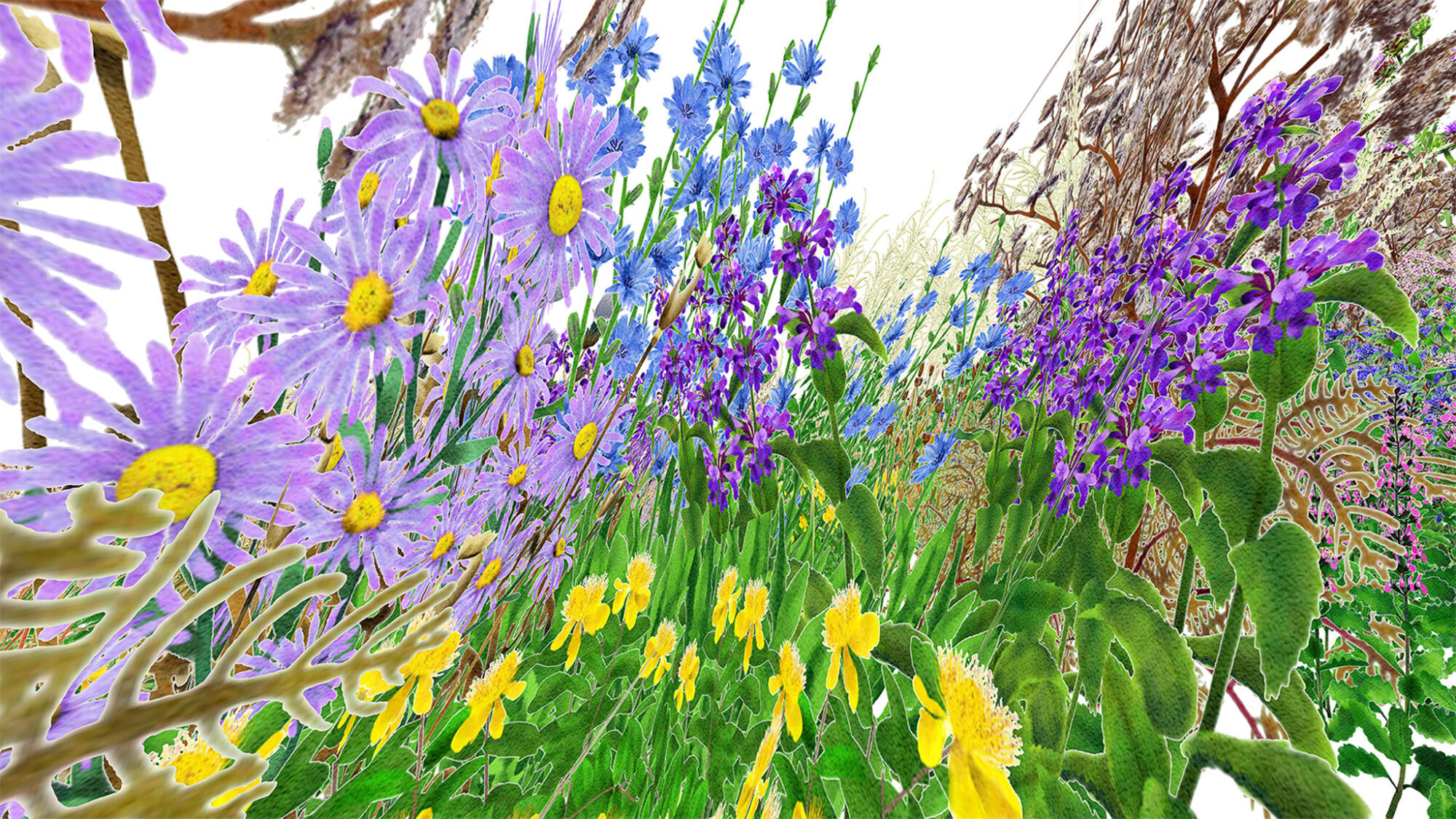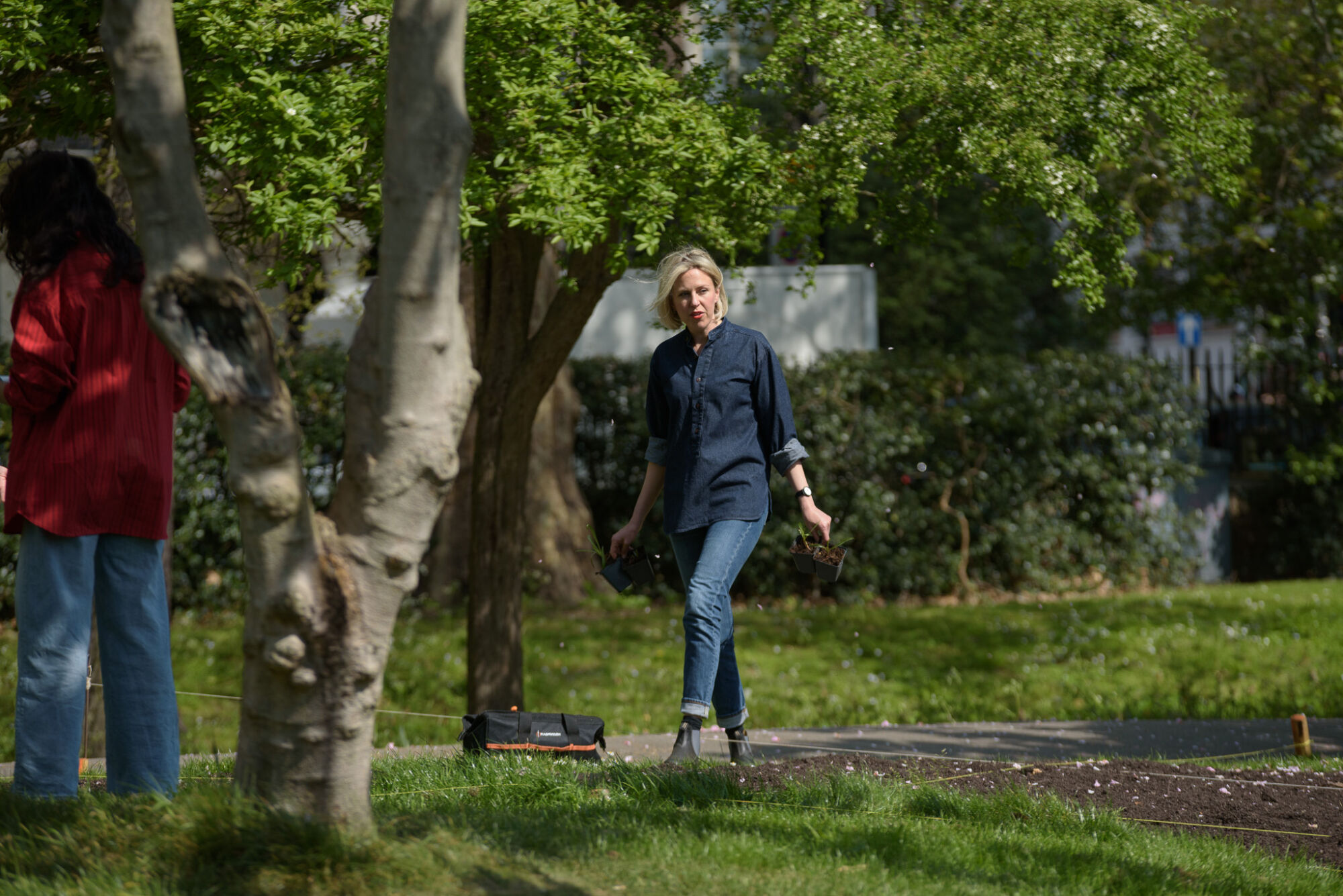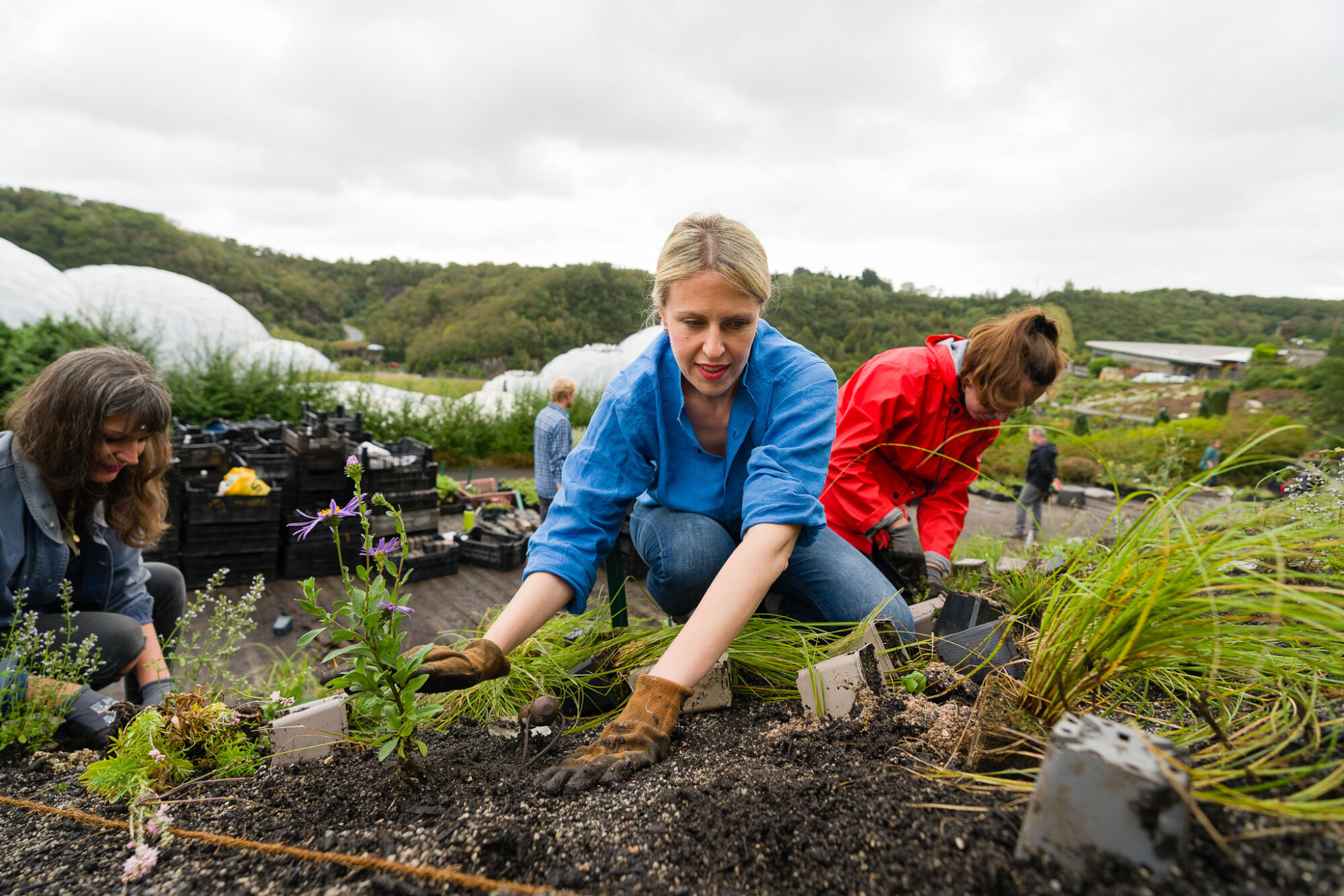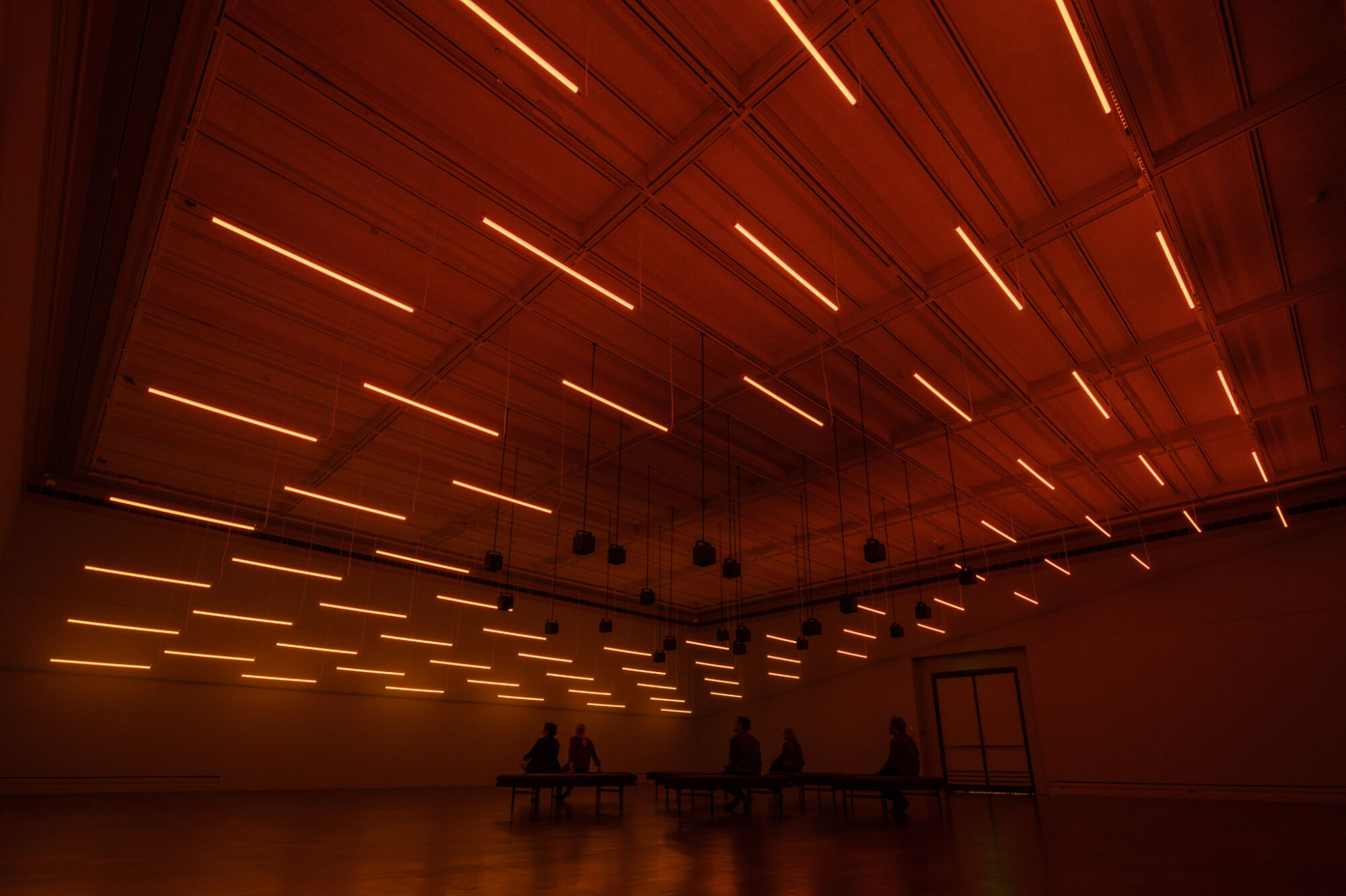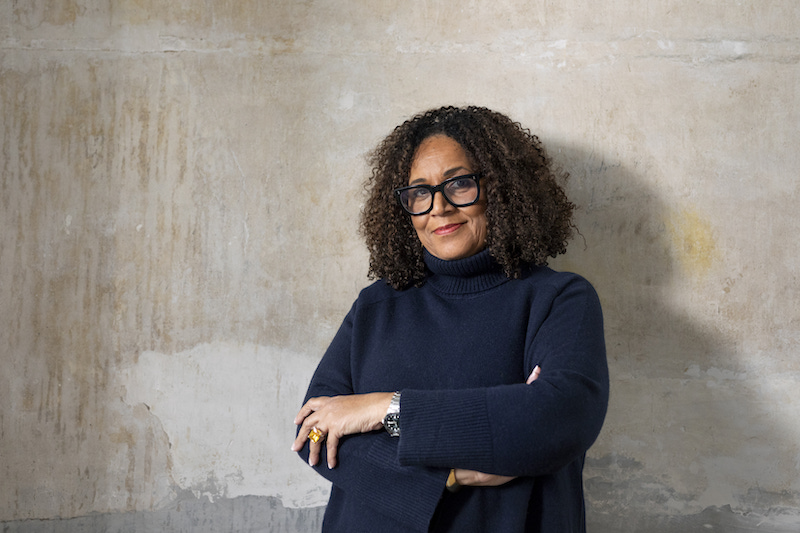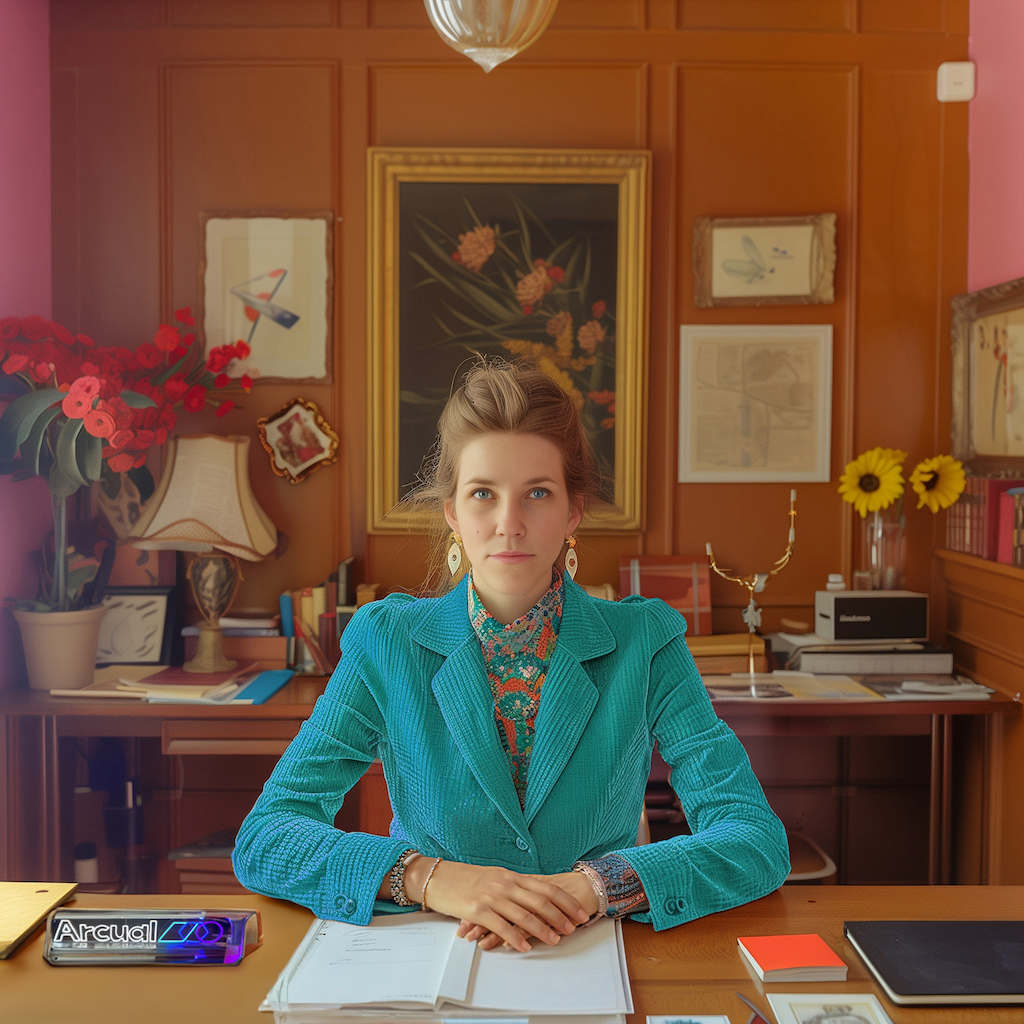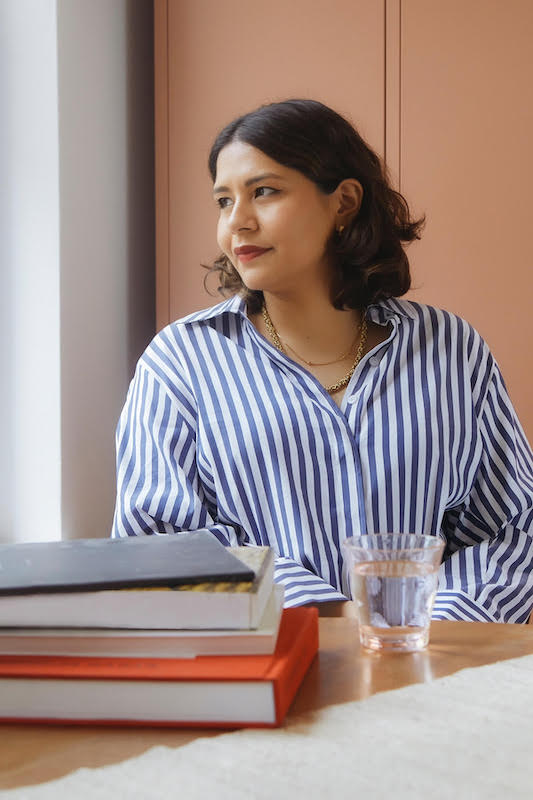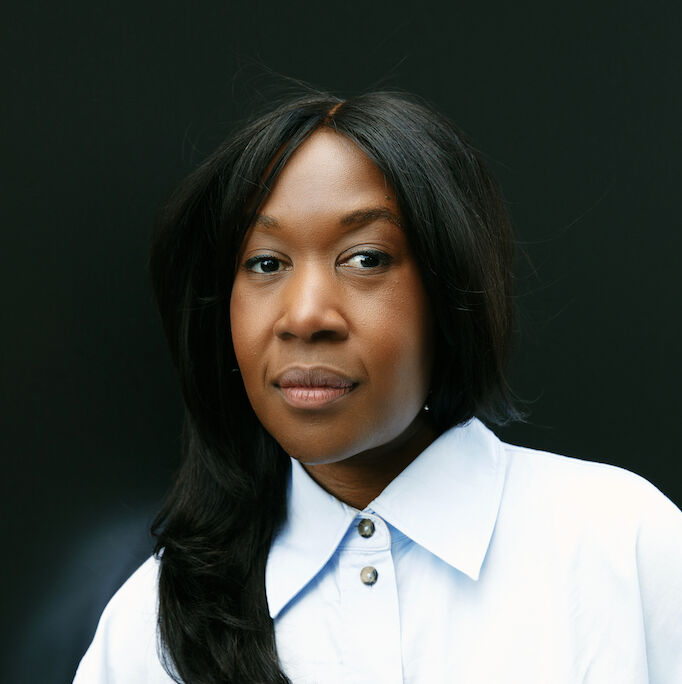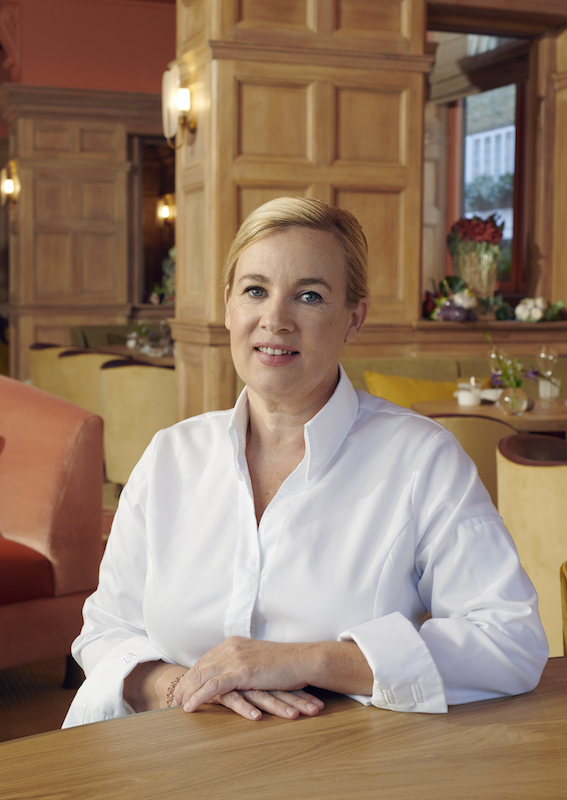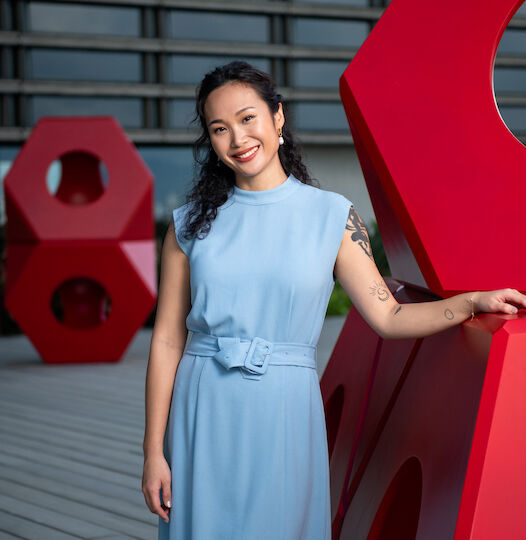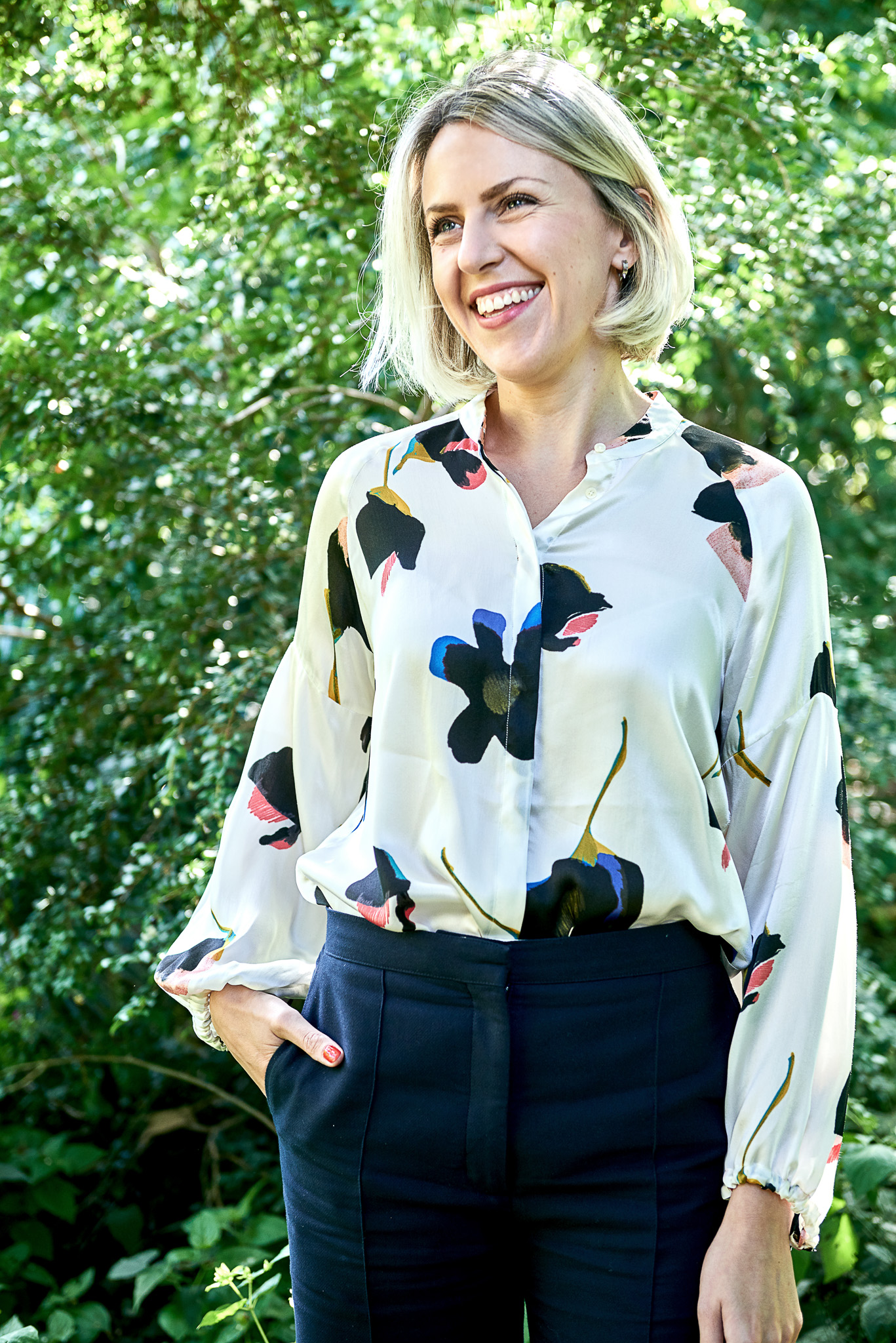

Interview Award-winning artist Alexandra Daisy Ginsberg
Bringing together science, technology and art, Ginsberg’s practice has long explored the fraught relationships with the human race, nature and technology. She has spent over 10 years engaging with the field of synthetic biology, working with scientists, engineers, artists and museums around the world. Her artworks, writing and curatorial projects also cover artificial intelligence, conservation, biodiversity, evolution, and the human impulse to “better” the world.
Currently exhibiting at Toledo Museum of Art in collaboration with Superblue, and with recent exhibitions in prestigious spaces such as The Natural History Museum, Serpentine Galleries and LAS Art Foundation at Museum für Naturkunde, Ginsberg has exhibited internationally. Further, Ginsberg has been recognised and awarded with countless awards, including the World Technology Award for Design in 2011, the London Design Medal for Emerging Talent in 2012, and the Dezeen Changemaker Award in 2019.
THE WICK: Tell us about your typical Monday.
Alexandra Daisy Ginsberg : The best Mondays start when Peanut (my dog) and I hear the lions roaring for their breakfast as we walk in Regent’s Park. It’s a good hit of artificial nature to get the week going. The day varies: juggling meetings and check-ins with my team, or I may be on site installing or trying to carve out time for creative practice. I make big, complex, multi-disciplinary installations that require many different specialists to bring them to life, from string theory physicists to horticulturists. A lot of my day is talking to bring people together into a shared vision.
TW: What are the goals of Pollinator Pathmaker?
ADG:
Pollinator Pathmaker is a living artwork for insects. I created an algorithm that creates planting schemes that maximise pollinator diversity. You can then plant these as living artworks. They may look like gardens, but they are not. We design gardens for ourselves, but my algorithm buffers my aesthetic choices to suit pollinating insects’ tastes, not human tastes. I want to make artworks that inspire empathy for other species and inspire agency to help them. You can use the online tool at www.pollinator.art to create your own unique DIY Edition and then download the instructions to fabricate it.
Alongside the DIY Editions are the big commissioned Editions that propel the project. The first is at the Eden Project, Cornwall, the second is in Kensington Gardens for the Serpentine, and we’ve just opened the third, carpeting the forecourt of the Museum für Naturkunde Berlin, commissioned by LAS Art Foundation. Each of these big Editions commissioned in a new region includes curating a new regional plant list for the algorithm to select from. That list is then donated back to www.pollinator.art, enabling the local DIY campaign. The more artworks planted near each other, the more they support each other’s flourishing. Rather than existing as individual gardens, they become a network across the landscape for insects to forage between. I want to make the world’s largest climate-positive artwork so please get planting – or help us add new regions!
TW: What’s the next biggest development you foresee between art and technology?
ADG: AI is the biggest development. More precisely, the new accessible tools we’ve seen emerge in the last 18 months have meant lots of long-brewing issues are now more in the public domain, such as around IP, dataset ethics, obsolete skills, authorship, novelty, and even what constitutes art. We have these exciting new tools to play with but artists must also critically investigate technologies through our practice: art is aesthetics and it’s also politics. I see my role – my social contract as an artist – as examining and challenging the world we live in. I’m surrounded by lots of artists at Somerset House Studios [Ginsberg is a resident] and in my wider network undertaking this too. I’d like to see: more investigation of technology, through art.
TW: How do you believe technology, in particular AI, can be used to build a better world?
ADG:
I don’t think technology can necessarily be used to build a better world. Any technology is infused with human values and deployed according to human values. By definition, what we create is to benefit ourselves: my PhD looked at this problem of “better” and how we define it, who defines it, and who gets to decide and benefit. This year, by one report global spending on AI is projected at $154 billion, which will create trillions in wealth. Imagine if we spent that protecting ecosystems, which need attention now! AI may have useful applications that do or will benefit certain humans directly. There are also indirect benefits to us if we use it to support our environment. But the rate of the presently unfolding climate and biodiversity disasters, to my mind, must be addressed through social and political and economic means in the urgent present, not by future technologies.
And on a side note, humans this year will spend $131 billion on ice cream. Imagine if we spent that on protecting ice caps…
“I want to make artworks that inspire empathy for other species and inspire agency to help them.”
